The Environmental and Microbiology Lab at the Department of Civil Engineering specializes in analyzing environmental samples to assess microbial activity and environmental health. The lab conducts a variety of tests focused on water, soil, air, and microbial interactions with pollutants. This suite of tests is essential for understanding ecosystem dynamics, ensuring environmental safety, and advancing research in environmental science and microbiology.
1. SPECTROPHOTOMETER (UV-VIS)
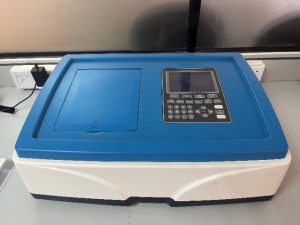
The UV-VIS Spectrophotometer measures a sample's absorbance or transmittance of light in the ultraviolet and visible spectrum. It is essential for determining substance concentration and analyzing chemical compounds. This tool is widely used for precise analysis in chemistry, biology, and material science.
2. SPECTROPHOTOMETER (VIS)
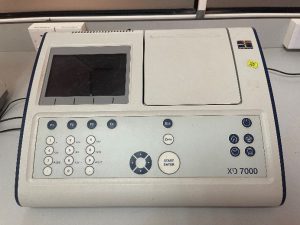
VIS spectrophotometers used to quantify nucleic acid and protein content in biological samples and for quality control in drugs and food industries. The instruments then measure the light absorbed, transmitted, or reflected by the sample at each wavelength.
3. FLUORESCENCE SPECTROPHOTOMETER
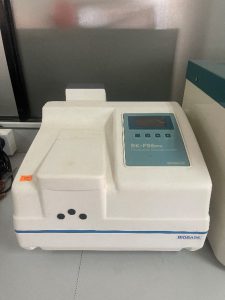
The Fluorescence Spectrophotometer measures the intensity of light emitted by a sample after absorbing light, typically in the UV or visible spectrum. It is crucial for analyzing fluorescent compounds in fields like biochemistry and molecular biology
4. GAS CHROMATOGRAPHY WITH MASS SPECTROMETER (GC/MS)
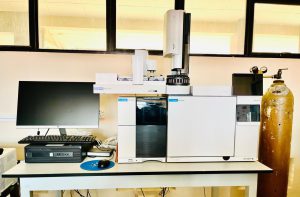
The GC/MS (Gas Chromatography-Mass Spectrometry) is a powerful analytical technique that combines the features of gas chromatography and mass spectrometry to identify different substances within a test sample. This tool is vital in various scientific fields such as chemistry, environmental science, forensics, and pharmaceuticals, enabling the separation, identification, and quantification of complex mixtures.
5. COLONY COUNTERS
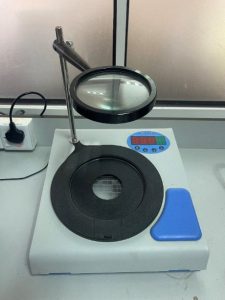
Colony counters are used to estimate a liquid culture's density of microorganisms by counting individual colonies on an agar plate, slide, mini gel, or Petri dish. Typical applications include Ames testing, bacterial mutation assays, and E. coli bacterial colonies.
6. INVERTED BIOLOGICAL MICROSCOPE
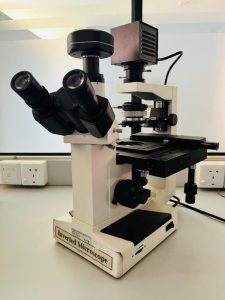
The Inverted Biological Microscope is designed for observing samples from below, with the light source and condenser located above the specimen stage. This setup is ideal for studying living cells in culture dishes or flasks, allowing for detailed examination of cellular structures and behaviors without disturbing the sample.
7. BINOCULAR MICROSCOPE

A binocular microscope is a type of optical microscope that uses two eyepieces for viewing, providing a more comfortable and natural viewing experience compared to monocular microscopes. This instrument is widely used in biological and medical research, clinical diagnostics, and educational settings to observe and analyze microscopic specimens.
8. SHAKING INCUBATOR

The Shaking Incubator combines controlled temperature incubation with a shaking mechanism to mix and aerate samples. It is commonly used in microbiology, cell culture, and biochemistry for growing cultures or conducting reactions that require consistent agitation. This device ensures uniform conditions, enhancing the growth and activity of microorganisms or cells.
9. BIOCHEMICAL INCUBATOR
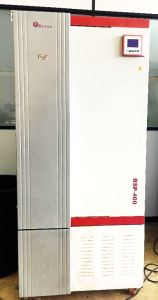
A biochemical incubator is a laboratory device used to maintain optimal environmental conditions for the growth and storage of biological samples such as microorganisms, plant and animal tissues, and biochemical reactions. This incubator precisely controls temperature and humidity, making it essential for a variety of biological and biochemical applications, including cell culture, microbial growth, and enzyme reactions.
10. LABORATORY REFRIGERATOR- (STABLE TEMPERATURE REFRIGERATOR)
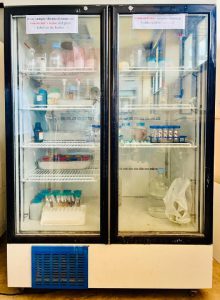
A laboratory refrigerator, also known as a stable temperature refrigerator or scientific refrigerator, is a specialized refrigeration unit designed for storing sensitive biological and chemical samples at precise and stable temperatures. Laboratory refrigerators are commonly used for storing biological samples, including cells, tissues, vaccines, enzymes, antibodies, and DNA/RNA samples.
11. BOD ANALYZER
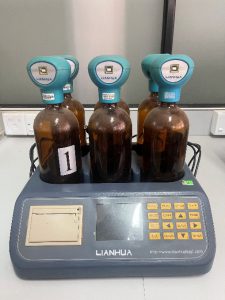
The BOD Analyzer measures the Biochemical Oxygen Demand (BOD) in water and wastewater samples to assess the amount of oxygen needed by microorganisms to break down organic matter. It is essential for evaluating water quality and pollution levels. This analysis is crucial for effective wastewater management and environmental compliance.
12. BENCHTOP REFRIGERATED HIGH SPEED CENTRIFUGE
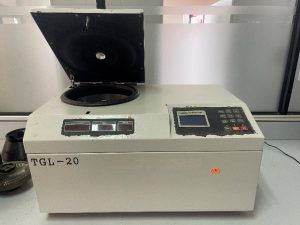
The Benchtop Refrigerated High-Speed Centrifuge separates components of a sample by spinning it at high speeds while maintaining a controlled, low temperature. It is essential for preserving the integrity of sensitive biological samples, such as proteins or nucleic acids, during separation. This centrifuge is widely used in molecular biology, biochemistry, and clinical laboratories.
13. VORTEX MIXTURE
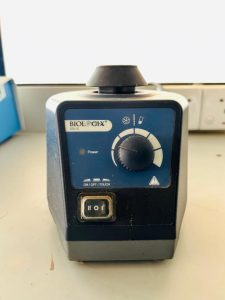
A vortex mixer is a versatile laboratory instrument used for mixing small volumes of liquids, typically in test tubes or microcentrifuge tubes. It works by creating a vortex, a spiraling motion in the liquid, which effectively mixes the contents. Vortex mixers are commonly used in molecular biology, biochemistry, microbiology, and other life science disciplines for tasks such as reagent mixing, sample resuspension, and enzyme reactions.
14. SURFACE AREA AND PORE SIZE ANALYZER
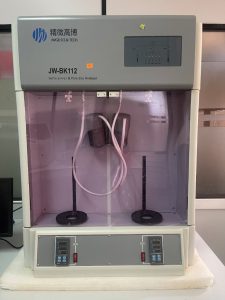
The Surface Area and Pore Size Analyzer measures the specific surface area and pore size distribution of materials, crucial for understanding their physical properties. It provides insights into material porosity, adsorption capacity, and reactivity, which are important in fields like catalysis, pharmaceuticals, and materials science. This analysis is essential for optimizing the performance of porous materials in various applications.
15. OXYGEN BOMB CALORIMETER
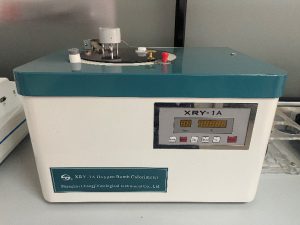
The Oxygen Bomb Calorimeter measures the calorific value of a substance by burning a sample in a high-pressure oxygen environment. It accurately determines the amount of heat released during combustion, which is essential for analyzing the energy content of fuels, food, and other materials. This device is widely used in industries like energy production, food science, and materials testing.
16. FUME HOOD
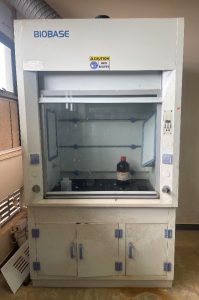
A fume hood is a critical safety device used in laboratories to protect personnel and the environment from exposure to hazardous or noxious fumes, vapors, dust, or aerosols generated during experiments or chemical processes. It functions by containing and exhausting harmful substances safely away from the laboratory workspace, thereby minimizing the risk of inhalation or chemical exposure.
17. MULTI PARAMETER PORTABLE CALORIMETER
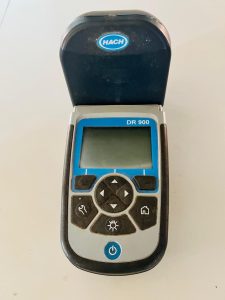
A multi parameter portable calorimeter is a versatile and essential tool used in various scientific and industrial fields to measure the heat of chemical reactions and other physical processes. This device allows for the simultaneous measurement of multiple parameters, making it highly valuable for comprehensive analysis and fieldwork applications.
18. MULTI PARAMETER KIT WITH PROBES
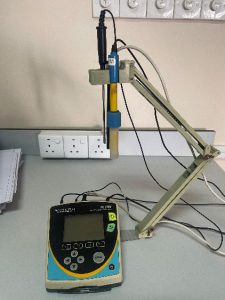
A multi-parameter kit with probes is an essential tool used in various scientific, environmental, and industrial fields to measure multiple parameters simultaneously, such as pH, conductivity, dissolved oxygen, temperature, and more. This versatile instrument allows for comprehensive and accurate analysis in a variety of settings.
19. PORTABLE MULTI PARAMETER KIT WITH PROBES
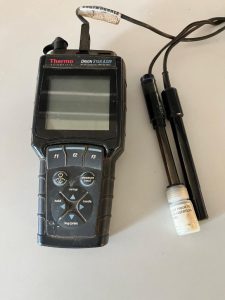
A portable multi-parameter kit with probes is an essential tool used in scientific, environmental, and industrial fields to measure multiple parameters such as pH, conductivity, dissolved oxygen, temperature, and more. This versatile instrument provides comprehensive and accurate analysis in various settings, making it invaluable for fieldwork and on-site measurements.
20. WATERPROOF PORTABLE DO METER WITH PROBES
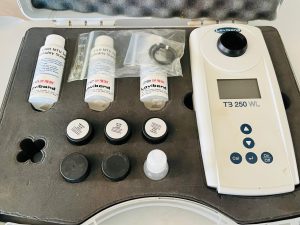
A waterproof portable dissolved oxygen (DO) meter with probes is a critical tool used in various scientific, environmental, and industrial fields to measure the concentration of dissolved oxygen in water. This device is particularly valuable for fieldwork, as its waterproof design ensures durability and functionality in harsh conditions.
21. PROFESSIONAL DIGITAL ULTRASONIC CLEANERS
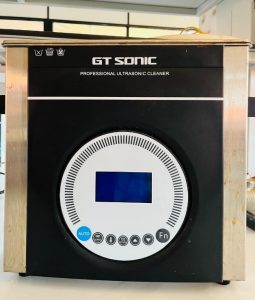
Professional Digital Ultrasonic Cleaners use high-frequency sound waves to create microscopic bubbles in a cleaning solution, effectively removing dirt, contaminants, and residues from intricate or delicate items. They offer precise cleaning for laboratory equipment, medical instruments, jewelry, and electronic components without causing damage. These cleaners are essential for maintaining cleanliness and functionality in various professional settings.
22. DIGITAL TITRATOR
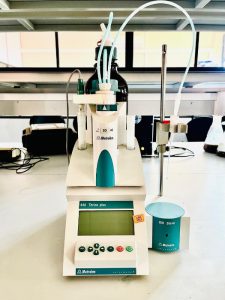
A digital titrator is a precision instrument used in laboratories to accurately dispense and measure the volume of a titrant added to a sample during a titration process. This device enhances the accuracy and reproducibility of titration experiments by providing precise control over the volume of titrant delivered.
23. JAR TEST APPARATUS
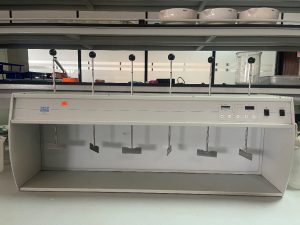
A jar test apparatus is a laboratory device used primarily in water treatment and wastewater treatment processes to simulate and optimize chemical coagulation and flocculation. It consists of multiple stirrer units (typically 4 to 6) mounted on a central shaft, each with its own motorized stirrer paddle or blade. The apparatus allows for simultaneous testing of different chemical dosages and mixing speeds to determine the optimal conditions for the removal of suspended solids and other contaminants from water.
24. ONLINE PH DATA LOGGER
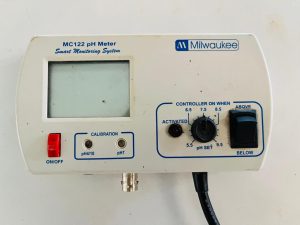
The Online pH Data Logger continuously monitors and records the pH levels of a liquid in real-time. It provides accurate and ongoing measurements, allowing for immediate detection of pH fluctuations and trends. This tool is crucial for applications such as water treatment, environmental monitoring, and industrial processes where precise pH control is essential.
25. UNDERWATER QUANTUM PAR METER
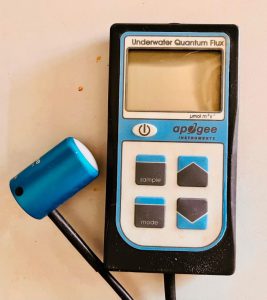
The Underwater Quantum PAR Meter measures photosynthetically active radiation (PAR) underwater, which is the light available for photosynthesis in aquatic environments. It is essential for studying the light conditions in oceans, lakes, and aquariums, helping researchers and aquarists optimize the growth conditions for aquatic plants and corals. This tool is widely used in marine biology and environmental monitoring.
26. CO2 FLOW PRESSURE REGULATOR WITH SOLENOID VALVE
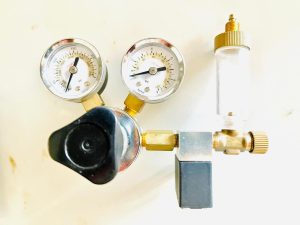
A CO2 flow pressure regulator with a solenoid valve is a critical component used in aquariums and planted tanks to regulate and control the flow of carbon dioxide (CO2) gas into the water. This device ensures precise and stable CO2 injection, which is essential for promoting healthy plant growth and maintaining optimal water parameters in aquatic environments.
27. RACEWAY REACTOR WITH PADDLE WHEEL
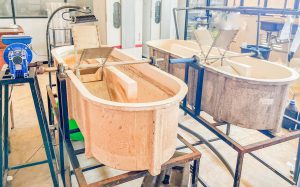
A raceway reactor with a paddle wheel is a specialized apparatus used in aquaculture and environmental engineering for cultivating microorganisms or aquatic organisms under controlled conditions. This system typically consists of a long, shallow channel (raceway) with a paddle wheel or other mechanical agitation device to circulate water and ensure uniform mixing and aeration.
28. GAS MASS FLOW CONTROLLER
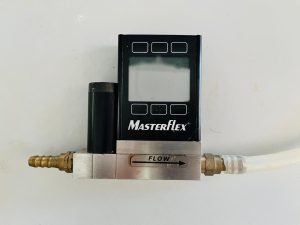
A Gas Mass Flow Controller precisely regulates and measures the flow rate of gases in a system. It ensures accurate and consistent gas delivery in applications such as chemical processes, laboratory experiments, and industrial manufacturing. This device is crucial for maintaining controlled environments and optimizing process efficiency.
